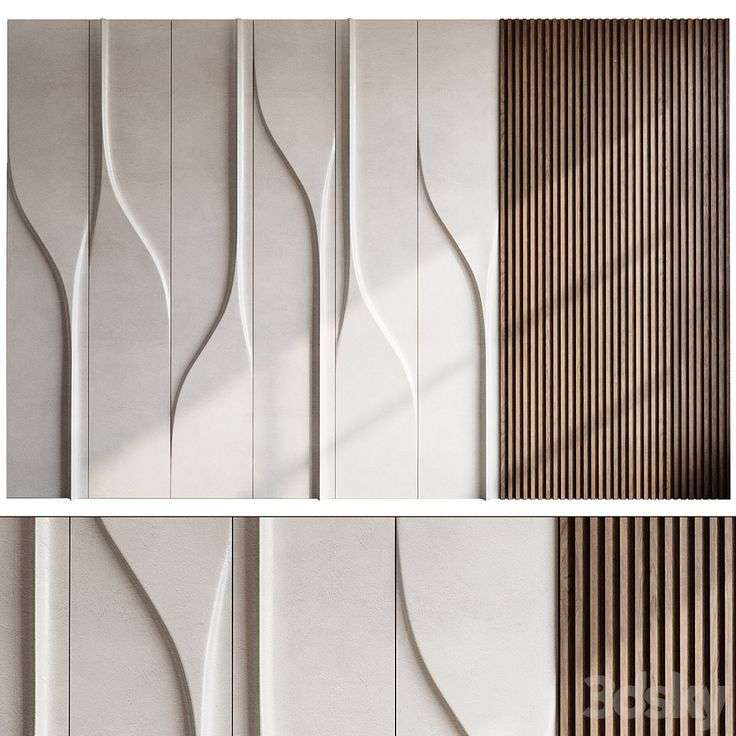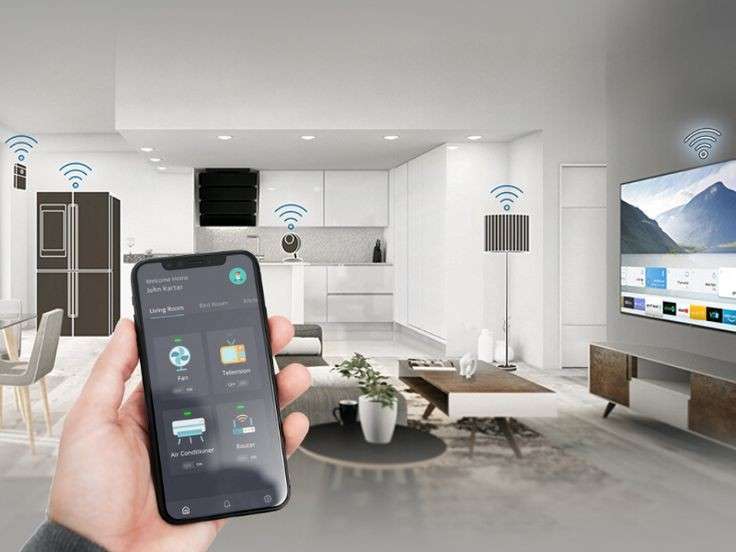As we journey through life, our homes often become more than just places to live—they transform into reflections of our evolving needs and personal growth. A well-designed home can age gracefully alongside its owners, adapting to life’s changes while maintaining beauty, comfort, and functionality. Whether you’re designing a new home or updating an existing one, it’s essential to create a space that can evolve over time to accommodate both practical and aesthetic needs.
In this post, we’ll explore how to design homes that age gracefully, blending style, function, and flexibility to ensure your space continues to serve you well as you grow older.

1. Prioritize Flexibility and Adaptability
One of the key elements of designing a home that ages gracefully is flexibility. A space that adapts to the changing needs of its occupants can make aging in place more comfortable and convenient.
- Open floor plans: Open layouts allow for easy movement and flexibility. They also offer the freedom to adapt spaces for various uses as your lifestyle changes. For example, a room that starts as a home office could later be transformed into a guest bedroom or a wellness space.
- Modular furniture: Opt for modular and multi-functional furniture that can be rearranged or adapted as your needs change. This flexibility ensures that the home remains functional and comfortable, no matter the life stage.
- Adjustable features: Choose features that can be easily adjusted, such as countertops that can be raised or lowered, or movable partitions that can create larger or smaller spaces based on your current needs.
Designing for flexibility ensures that your home remains comfortable and accommodating as your lifestyle shifts.
2. Embrace Timeless Design
While trends come and go, timeless design remains relevant and beautiful through the years. When designing a home that ages gracefully, it’s important to choose classic styles and materials that will not only look good today but will also withstand the test of time.
- Neutral color palettes: Neutral tones such as whites, grays, beiges, and earth tones create a timeless backdrop that can easily adapt to changing trends. These colors can be enhanced with seasonal decor or accent pieces, ensuring the space always feels fresh and inviting.
- Quality materials: Choose high-quality, durable materials like hardwood, stone, and metal. These materials age beautifully, developing a patina over time, which adds to their charm. They also require less maintenance, ensuring the longevity of your home.
- Classic furniture: Opt for furniture pieces with enduring styles, such as mid-century modern or traditional designs, that can stand the test of time and work with various decorating schemes.
A timeless design ensures that your home feels elegant and enduring, no matter how it evolves over the years.
3. Incorporate Universal Design Principles
Universal design is about making a space accessible and functional for people of all ages and abilities. Incorporating universal design principles into your home will help it remain comfortable and safe as you age.
- Wide doorways and hallways: Ensure that doorways and hallways are wide enough to accommodate mobility aids such as wheelchairs or walkers. This feature not only improves accessibility but also provides a more open, airy feel in the home.
- Non-slip flooring: Choose flooring materials that are slip-resistant, especially in high-traffic areas like bathrooms and kitchens. Options like cork, rubber, or textured tiles can help prevent falls and make your home safer as you age.
- Lever-style handles and faucets: Swap traditional knobs for lever-style handles on doors, cabinets, and faucets. These are easier to operate, especially for individuals with limited hand strength or dexterity.
- Easy-to-reach storage: Design storage spaces that are accessible without the need for bending or stretching. Pull-out shelves, lower cabinets, and open shelving can make it easier to access items as you grow older.
By designing with accessibility in mind, you ensure that your home remains comfortable and safe as your needs evolve.
4. Plan for Aging-in-Place Needs
Aging-in-place refers to the ability to live in your home independently as you get older. Planning for aging-in-place needs is essential when designing a home that will age gracefully.
- Accessible bathrooms: Install walk-in showers with grab bars, non-slip floors, and wider entrances for ease of access. Consider adding a bench or seat in the shower and installing a higher toilet for greater comfort.
- Stair-free living: If possible, design your home with everything you need on a single floor. If stairs are unavoidable, consider adding an elevator or a chair lift for easy access between floors.
- Smart home features: Integrate smart home technology that makes day-to-day living easier. For example, voice-activated assistants can control lighting, temperature, and security, reducing the need for physical effort.
- Lighting and visibility: As we age, our eyesight may decline. Ensure that your home is well-lit, with adjustable lighting that provides ample visibility for reading, cooking, and other activities. Use bright, energy-efficient bulbs that reduce glare and provide better contrast.
By planning for aging-in-place, you ensure that your home continues to meet your needs as you grow older and maintain your independence.
5. Focus on Comfort and Wellness
As we age, comfort becomes increasingly important. Design your home with wellness in mind by creating spaces that support both physical and mental well-being.
- Comfortable furniture: Invest in ergonomic, comfortable furniture that provides adequate support for sitting and sleeping. Look for chairs, sofas, and beds that are both stylish and functional, promoting relaxation and rest.
- Natural light and ventilation: Maximize natural light through large windows, skylights, and open layouts. Proper ventilation is also key to maintaining a healthy home, ensuring fresh air circulates throughout the space.
- Indoor plants: Adding plants to your home brings the outdoors in, promoting a sense of calm and connection to nature. Choose low-maintenance plants that thrive in your home’s environment.
- Wellness spaces: Create dedicated spaces for relaxation and self-care, such as a meditation nook, a reading corner, or a home gym. These areas will help maintain your mental and physical well-being over time.
Focusing on comfort and wellness ensures that your home remains a sanctuary that supports a healthy, balanced lifestyle.
6. Sustainability for the Long-Term
Sustainability is an important consideration for homes that age gracefully. As the world becomes more conscious of environmental impact, incorporating sustainable elements into your home ensures that it remains energy-efficient and eco-friendly over time.
- Energy-efficient appliances: Choose energy-efficient appliances and systems, such as low-energy lighting, energy-saving refrigerators, and smart thermostats. These features reduce your home’s carbon footprint and lower utility bills.
- Water conservation: Install water-saving fixtures, such as low-flow showerheads and faucets, as well as drought-resistant landscaping. These simple changes conserve water and reduce maintenance costs over time.
- Sustainable materials: Use sustainable materials like bamboo, cork, and recycled materials in furniture, flooring, and finishes. These materials not only have a lower environmental impact but also age beautifully and require minimal upkeep.
Sustainability ensures that your home is not only comfortable and beautiful but also responsible and future-focused.



